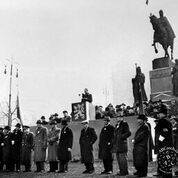
Forced and violent reorganisation of government that directly led to the communist dictatorship, control of the press and of public life. The founding event of the entire undemocratic regime of 1948–1989.
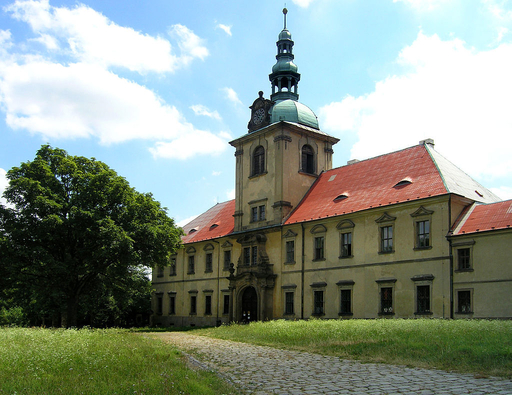
A series of violent actions committed by the communist regime against male and female monasteries in Czechoslovakia in 1950. The result was their de facto dissolution.
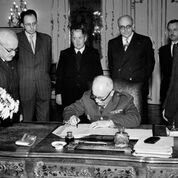
Exceptional legal provisions and norms from 1940–1945. All the decrees were authorised and signed by President Edvard Beneš and served as provisions for ensuring the continuity of the rule of law during the war years and the post-war social crisis. They were a legal reaction to collaboration.
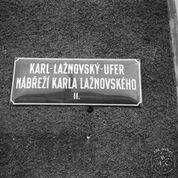
Activities of Czech citizens that directly supported the ideology of the Third Reich. Official expressions of a certain part of the Czech media and political representation providing the German war effort the appearance of the legitimacy and local support.
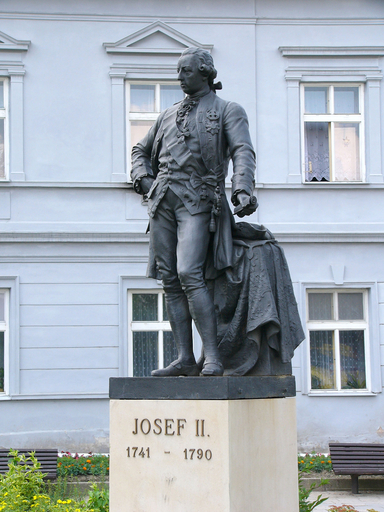
Czech version of the most significant international intellectual movement of the second half of the 18th century. Enlightenment ideals formed the first generation of National Revivalists and allowed for laying the foundations of modern Czech language and critical historiography.
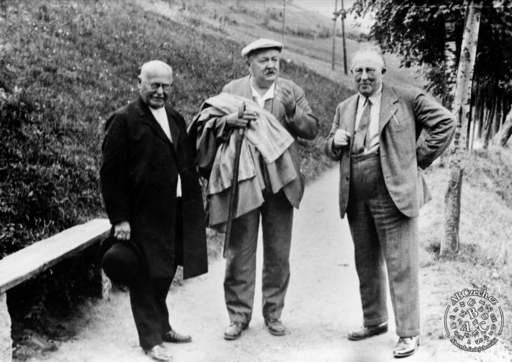
Period of the greatest development of Czech historiography. In the 20th century, independent Czech historiography dealt with many topics in politics, public discussions and interest, and defined the way the Czech civil society created its historical memory.
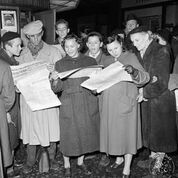
A way of coping with the repressive past of Czech Stalinism, political processes, cult of personality and radical sovietisation. A set of legal interventions and social processes with which the Czechoslovak public adopted humanistic socialism from 1956.
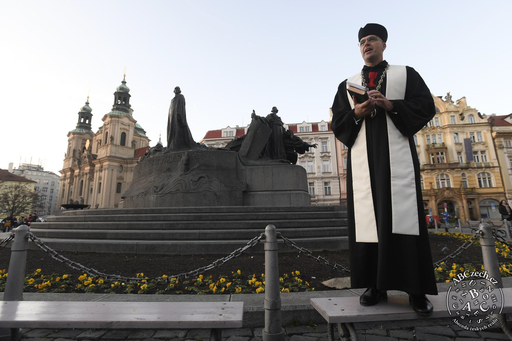
The Czechoslovak Hussite Church (Církev československá husitská) was created by a part of the reform movement, the so-called Catholic Modernism, by separating from the Catholic Church. The intention of Catholic priests, members of the Ohnisko association, was to introduce the Czech language into liturgy and to generally emphasise the national character of the church and introduced democratic principles in the elections of church representatives. As a result of the Pope’s and the Czech Church representatives’ rejection of their demands, the schism increased. On 8 January 1920, a meeting of reform priests was called, where it was decided to separate from the Catholic Church and found the so-called Czechoslovak Hussite Church as a specifically Czech church emphasising the development of Czech Christian traditions. In the spirit of the so-called National Revival, it emphasised the roles of Saint Cyril’s and Saint Methodius’s mission of the figures of Jan Hus and Jan Amos Komenský. It was therefore initially supported by the new Czechoslovak state. Between 1918 and 1938, a large number of architecturally good churches of the Czechoslovak Hussite Church were built in the spirit of Modernism and Functionalism. The church’s membership reached its maximum numbers around 1950. At that time, however, the church was a significantly controversial society whose members included opponents as well as supporters of the communist regime. Generally, however, the church was thought to be collaborating with the communist regime in Czechoslovakia. In 1950, it opened Hus’s Czechoslovak Theological Faculty (in 1990 merged with Charles University as Hussite Theological Faculty), which was separated from the Evangelical Theological Faculty by government order. In 1971, the church added the attribute “Hussite” to its name. After 1989, rules of the Czechoslovak Hussite Church changed. The church is currently active on the territories of the Czech Republic and Slovakia. It is headed by the Patriarch and the Central Council. Parish communities are divided into six dioceses. The highest organ in each parish community is the so-called Assembly of the Parish Community. Clerical celibacy is not compulsory. The church also ordains women; it is the church with the largest representation of female clergy in the Czech Republic. Although the Czechoslovak Hussite Church is the third largest church in the Czech Republic, the average age of its members is the highest in the Czech Republic.
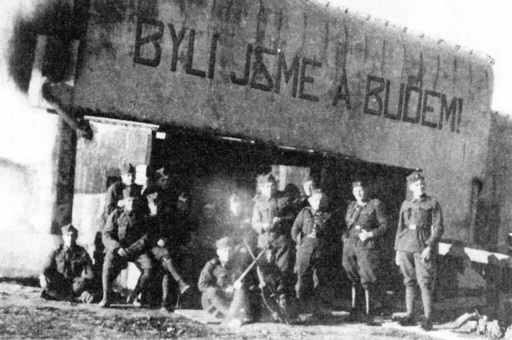
A system of concrete forts and bunkers built between 1935 and 1938 for the purposes of defending Czechoslovakia against attacks from Germany, Poland and Hungary. Today, they are the most visible symbol of the Czechoslovak society’s resolve to defend its country against Hitler’s aggression.
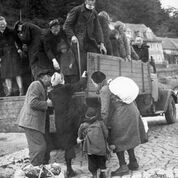
Ethnically and nationally motivated forced departure of the German population after 1945. One of the most significant politically motivated displacements of an ethnic group in post-war Europe. A controversial attempt at ensuring national uniformity of Czechoslovakia.
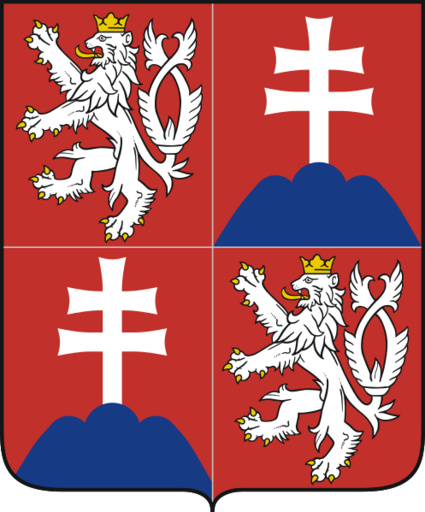
The social process of disintegration of the Czechoslovak state between 1990 and 1992. It led to the creation of the independent Czech Republic and to a new form of liberal Czech statehood. The dissolution of Czechoslovakia is the most significant change in state formation since 1945.
As an artificial state created as a result of the Treaty of Versailles (1918), former Czechoslovakia repeatedly faced problems of national instability. In spite of the officially proclaimed brotherhood of Czechs and Slovaks, the fact could not be hidden that the economic structure and most of all the religious and cultural identities of the two nations were based on different assumptions, due which the political project of the so-called Czechoslovakism suffered from systematic crises almost the entire 20th century. The largest crisis was the declaration of independent Slovak state in 1939. Even after the restoration of Czechoslovakia in 1945, the national question had not been solved. The law on the federalisation of state came into force as late as 1 January 1969 and was intended to satisfy the need for greater political and cultural autonomy of Slovaks. Although a Slovak, Gustáv Husák, became president in 1975, the problem of Prague-centric organisation, i.e. the centralisation of public offices in the capital city, remained unsolved.
Soon after the Velvet Revolution in 1989, the question of the cohabitation of the two nations was raised. The crisis and the dissolution of Czechoslovakia was preceded by the so-called Hyphen War, in which the stumbling block was the question whether the name of the state Czechoslovakia should have a hyphen as a symbol of Slovak autonomy. In April 1990, the name Czech and Slovak Federative Republic was approved as the official name of the post-communist state organisation. In 1992, the Ministry of International Relations was formed to solve the disputes, but in spite of this, most of the newly-founded Slovak political parties were in favour of the dissolution of the state and the formation of independent Slovakia. The option of establishing a confederation proved to be problematic and the Czech ruling party ODS had the pragmatic goal of peaceful dissolution. Czech Prime Minister Václav Klaus and Slovak Prime Minister Vladimír Mečiar met on 8 July 1992 in the Tugendhat Villa in Brno, where they decided to dissolve the state. The independent Czech Republic was founded on 1 January 1993. The dissolution of Czechoslovakia happened without any armed conflicts, although it is still regarded as controversial because no referendum was ever organised.
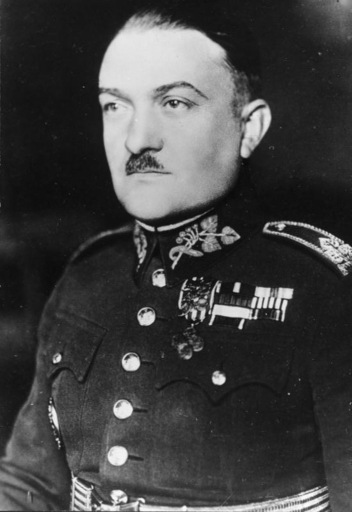
Czechoslovak general, participant of anti-Austrian and anti-Nazi resistance, president of the government of the Protectorate of Bohemia and Moravia. He was executed by the Nazis for his collaboration with the Czechoslovak resistance.
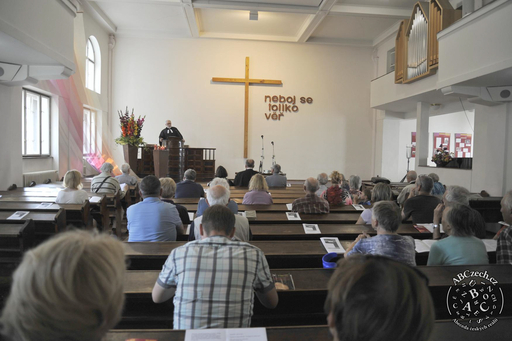
A movement in the Czech lands based primarily on the American mission in the 19th century. Most Evangelical churches in the Czech Republic are a part of the Czech Evangelical Alliance.
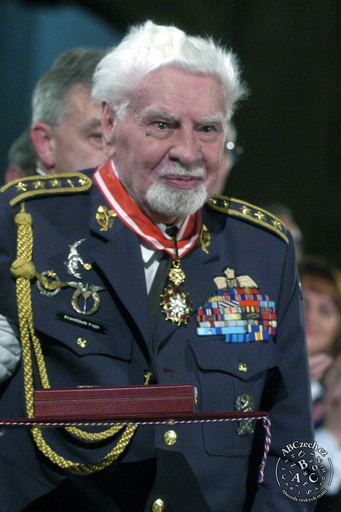
Military pilot during the Second World War and writer. He participated in battles on the western and eastern fronts and with his numerous books contributed to raising awareness of the merit of Czechoslovak pilots among the wider public.
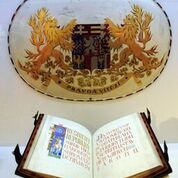
Popular term for the state of Czechoslovakia and its political organisation from 1918 until 1938. The first independent state in the form of a parliamentary republic on whose territory Czechs were a sovereign ethnic group.
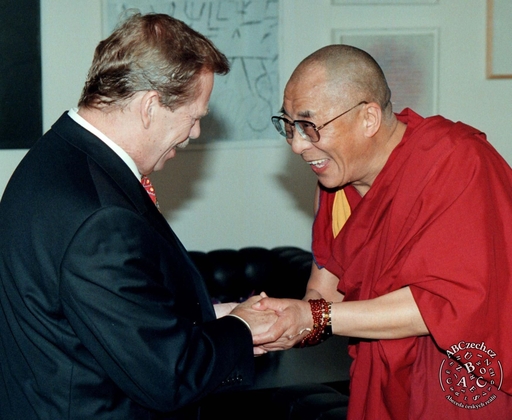
Independent organisation supporting democratic international discussion, collaboration and the development of democratic rights, strongly connected with the legacy of President Václav Havel. It organises the conference Forum 2000, which a venue for political and intellectual dialogue.
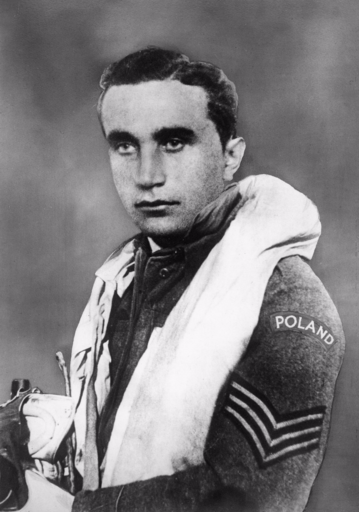
Pilot and participant of the struggle against Nazism during the Second World War. He was one of the most successful pilots of the Royal Air Force (RAF) in the Battle of Britain.
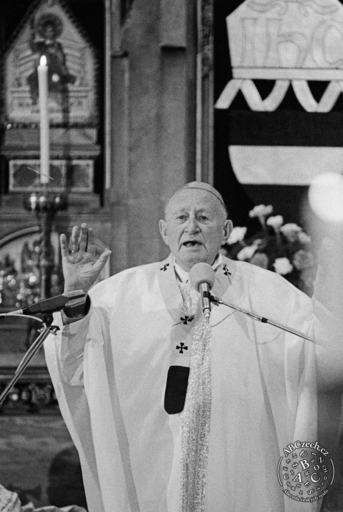
Archbishop of Prague and Primate of Bohemia in the period of Normalisation and the Velvet Revolution. His contribution to catechesis was also significant.
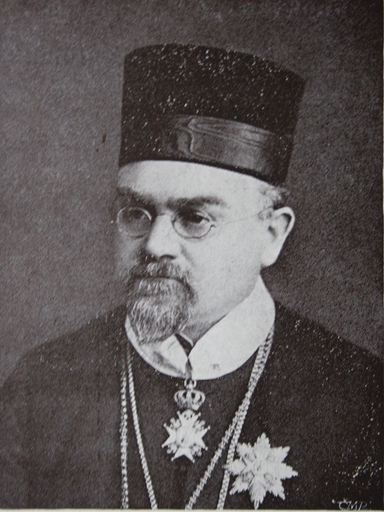
Initiator of the foundation of the Bohemian branch of the Orthodox Church and its first bishop. In 1942, he was executed by the Nazis in connection with the assassination of Reinhard Heydrich. He was canonised as a martyr.
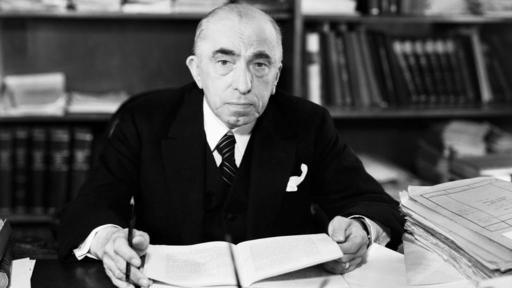
Czech lawyer and statesman, President of the Supreme Administration Court of Czechoslovakia, President of the Czechoslovak Republic and State President of the Protectorate of Bohemia and Moravia.
2016-2020 ABCzech.cz - © Filozofická fakulta Univerzity Karlovy
Content from this website may be used without permission only for personal and non-commercial purposes and with the source cited. Any other use is allowed only with the authors' consent.
This web application Sonic.cgi meets GDPR requirements. Current information can be found here.